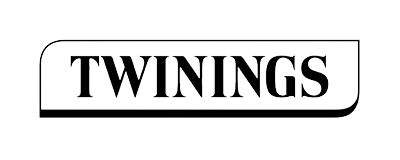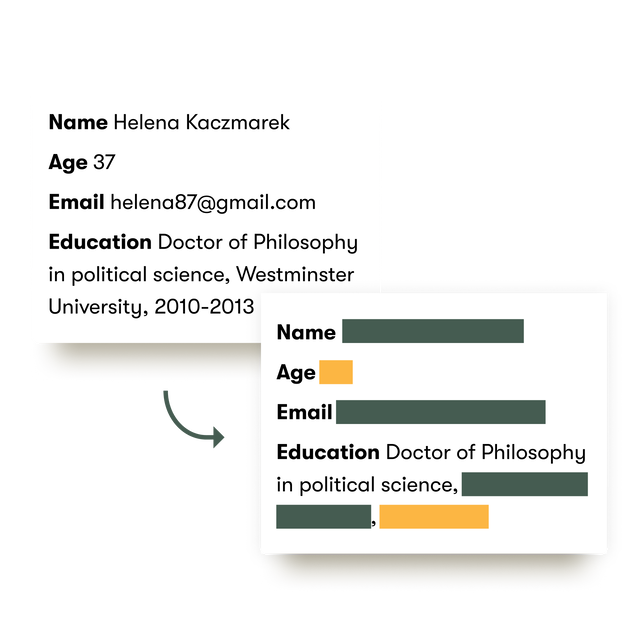Diversity Recruitment Software
Achieve your DEI goals with Pinpoint’s built-in diversity recruiting software
With diversity recruiting tools built into every stage of the hiring process, Pinpoint makes it easier to expand your talent pool and reduce unconscious bias.


Trusted by leading talent acquisition teams
Diversity recruiting software that fits into your workflows
Far-reaching
Expand your talent pool and attract more diverse candidates—without extra admin.
Consistent
Make it easy for hiring teams to evaluate candidates in a fair, structured way.
Data-driven
Get actionable, real-time data to track progress on your diversity initiatives and make improvements over time.
See Pinpoint's diversity recruiting software in action
Learn more about Pinpoint's diversity recruitment tools with our on-demand demo video.
The most common questions about Pinpoint’s diversity recruitment platform
What are the benefits of diversity recruitment software?
The best diversity recruiting tools:
-
- Improve the diversity of your talent pipeline by reaching more job seekers from different backgrounds and underrepresented groups.
- Reduce the risk of conscious and unconscious bias in the recruitment process.
- Make it easier and more cost effective to implement diverse recruiting practices like blind hiring and equality monitoring.
- Provide data on diversity metrics so recruiters can track the progress of their diversity recruiting efforts.
Can I use Pinpoint’s diversity recruiting tools with my existing recruitment software?
There are two main ways to buy diversity recruiting software.
-
- As part of your applicant tracking system or HR information system.
- As stand-alone software.
Pinpoint offers diversity recruitment software as one of our applicant tracking system features, rather than as stand-alone software.
We offer a huge range of integrations with HR information and payroll systems that enable clients to “push” information about candidates they hire directly into their existing software to streamline the user experience.
What we don’t offer is the ability to integrate our diversity and inclusion tools directly into other recruiting solutions.
Can you customize DEI questions in applications?
In Pinpoint, you can switch on equality monitoring for any given job to add a diversity and inclusion survey to the bottom of the application. These fields are completely optional for the candidate, so they could choose to submit the application form without providing this information.
You can edit which fields appear for your candidates within your settings. You can also change the names of the fields to something you’d prefer. Learn more here.
Companies that choose Pinpoint
We saw lots of ATS examples, and Pinpoint was our favorite from the beginning. We needed something so user-friendly that everyone in the business could use it.
How teams are reaching their DEI goals with Pinpoint
Improving diversity starts with recruitment
We’ll help you attract a diverse talent pool and reduce the risk of bias at every stage of the process.














